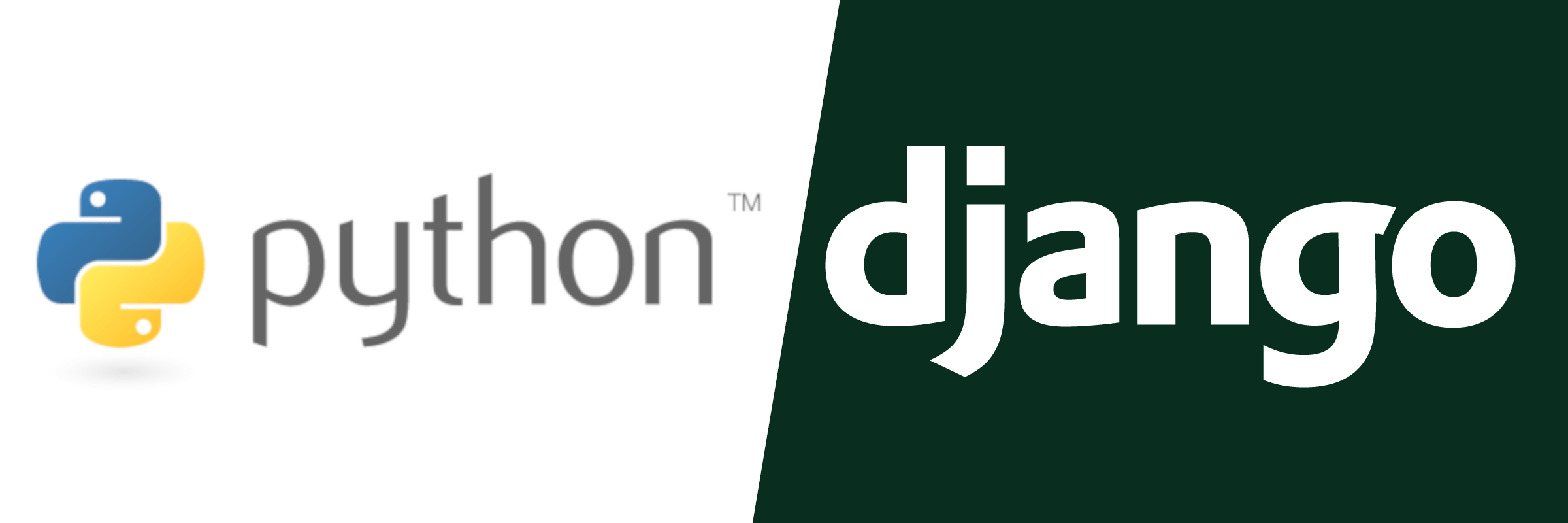Notes
In this episode, we updated Continuous Integration, Nginx, and the Ansible deployment tasks to use WhiteNoise. With all the changes in place, we tested things out to verify that WhiteNoise served up the CSS, JS, and image files.
We started with Circle CI. First, I fixed the JS assets cache because the cache key never changed and Circle did not save fresh assets each build.
After completing the assets cache,
I created a new cache that stored all the static files
after running collectstatic.
This new cache was necessary
for the package step.
Since we were condensing two build artifacts (one for the static files and one for the Python code) into one, the package script needed all the static files at packaging time. Because Circle splits everything between jobs, this meant that we had to cache all the static files.
Once we fixed up Circle CI and pushed up the changes, we ran an Ansible deploy to the staging site.
From some inspection of the Circle CI build and the Shiv app on the staging server, I confirmed that the Circle CI changes did what we wanted.
The next major step in the process was Nginx configuration changes. In this new model, the Django application will serve the static assets. That means that Nginx should stop serving those files. This change was a quick removal in the Nginx configuration file of this section:
location /static/ {
alias /var/www/conductor/;
expires max;
add_header Cache-Control public;
}
By removing this location block,
Nginx passes all /static/ requests
to the Django application.
We did another deploy
and confirmed
that the Django application served the assets.
Ultimately,
I confirmed this
by observing that static files used Brotli compression.
This was one of the new features
that WhiteNoise brought
to the table.
The remainder of the stream was a cleanup of Circle CI and Ansible. I realized that the Circle CI pipeline had an extra job that we didn’t need. We removed the extra job, then turned our attention to Ansible.
I removed Ansible tasks
that touched anything related to separate static directories.
This cleaned out static_root and static_url
in Ansible
so that only Django has to care about those things.
On the next stream, we’re going to dig into a new tool to manage settings and split settings and configuration apart cleanly.

